TCA9539PWR I/O Expander: Features, Pinout, Application, and Datasheet
I/O expander architecture serves as a crucial component in extending the input/output capabilities of microcontrollers and other devices. I/O expanders operate on various communication protocols such as I2C, SPI, or UART, enabling seamless integration into diverse embedded systems. These devices typically feature a set of GPIO (General-Purpose Input/Output) pins that can be individually configured as inputs or outputs, allowing them to interface with external components. They facilitate the management of multiple inputs and outputs, enhancing the overall functionality and flexibility of the system. This allows designers to create more sophisticated and feature-rich applications without the need for complex hardware modifications or additional microcontroller pins.
The TCA9539PWR is a versatile and widely used I/O expander IC (integrated circuit) designed to provide additional GPIO (General Purpose Input/Output) pins to microcontrollers and other digital devices. Its importance in electronics and embedded systems lies in its ability to expand the number of available I/O pins, allowing for more flexible and complex designs without the need for additional microcontrollers or complex wiring. In this article, we provide an overview of the TCA9539PWR, exploring its features, pinout, applications, datasheet, and more details.

TCA9539PWR Description
The TCA9539PWR is a 24-pin component that provides 16 bits of general-purpose parallel input and output (I/O) expansion for the two-line bidirectional I2C bus (or SMBus protocol). It can operate with a power supply voltage (VCC) range from 1.65 V to 5.5 V and supports 100-kHz (I2C Standard mode) and 400-kHz (I2C Fast mode) clock frequencies. I/O expanders like the TCA9539 offer a simple solution when additional I/Os are needed for switches, sensors, push buttons, LEDs, fans, and similar devices.
Key features of the TCA9539PWR include an interrupt that is generated on the INT pin whenever an input port changes state. The A0 and A1 pins allow for up to four TCA9539PWR devices on the same I2C bus. The device can be reset to its default state by cycling the power supply and causing a power-on-reset. Additionally, the TCA9539PWR has a hardware RESET pin that can be used to reset the device to its default state.
TCA9539PWR Features
I2C to Parallel Port Expander: The TCA9539PWR serves as a bridge between I2C communication protocol and parallel port interfaces, allowing for flexible connectivity in systems.
Low Standby-Current Consumption: This feature ensures minimal power consumption when the device is in standby mode, making it suitable for battery-powered applications.
Open-Drain Active-Low Interrupt Output: The open-drain output provides a flexible interrupt mechanism, allowing the device to signal events to the host microcontroller.
Active-Low Reset Input: The reset input allows the device to be reset to its default state, ensuring proper application initialization.
5-V Tolerant I/O Ports: The device's I/O ports are tolerant to 5V, enabling compatibility with a wide range of microcontrollers and devices.
Compatible With Most Microcontrollers: The TCA9539PWR is designed to work seamlessly with most microcontrollers, simplifying integration into existing systems.
400-kHz Fast I2C Bus: The device supports a fast I2C bus speed of 400 kHz, enabling quick data transfer in applications requiring high-speed communication.
Input and Output Configuration Register: This register allows for configuring the device's I/O ports as inputs or outputs, providing flexibility in application design.
Polarity Inversion Register: The polarity inversion register allows for inverting the logic of the I/O ports, providing additional flexibility in interfacing with external devices.
Internal Power-on Reset: The internal power-on reset ensures that the device is properly initialized upon power-up, enhancing system reliability.
No Glitch on Power-Up: This feature ensures that there are no spurious signals or glitches on the output pins during power-up, preventing erroneous operation.
Noise Filter on SCL and SDA Inputs: The noise filter on the I2C bus inputs helps in reducing noise and ensuring reliable communication in noisy environments.
Address by Two Hardware Address Pins for Use of up to Four Devices: The device can be configured to have up to four unique addresses using its hardware address pins, allowing for multiple devices to coexist on the same bus.
Latched Outputs With High-Current Drive Capability for Directly Driving LEDs: The latched outputs with high-current drive capability make the device suitable for driving LEDs directly, simplifying LED control in applications.
Latch-Up Performance Exceeds 100 mA Per JESD 78, Class II: The device's latch-up performance exceeds 100 mA per JESD 78, Class II, ensuring robust operation in challenging environments.
ESD Protection Exceeds JESD 22: The device's ESD protection exceeds JESD 22 standards, providing reliable operation in electrostatic discharge-prone environments. It has a 2000-V Human-Body Model (A114-A) and a 1000-V Charged-Device Model (C101).
TCA9539PWR Specifications
| Type | Parameter |
| Number of I/O | 16 |
| Supply Voltage | 1.65V ~ 5.5V |
| Clock Frequency | 400 kHz |
| Current - Output Source/Sink | 10mA, 25mA |
| ESD Protection | 2 kV |
|
Interface
|
I2C, SMBus
|
|
Interrupt Output
|
Yes
|
| Output Type | Push-Pull |
| Operating Temperature | -40°C ~ 85°C |
|
Mounting Type
|
Surface Mount
|
| Mounting Style | SMD/SMT |
| Package / Case | 24-TSSOP |
TCA9539PWR Pinout

Pin Configuration and Functions

TCA9539PWR Functional Block Diagram
Logic Diagram (Positive Logic)

Simplified Schematic of P-Port I/Os

Working of TCA9539PWR
The TCA9539PWR is a 16-bit Input-Output expander designed for the two-line bidirectional bus (I2C), operating between 1.65 V and 5.5 V VCC. It provides general-purpose remote I/O expansion for most microcontroller families via the I2C interface, serial clock (SCL), and serial data (SDA).
The TCA9539 consists of two 8-bit Configuration registers (for input or output selection), Input Port, Output Port, and Polarity Inversion registers (for active-high or active-low operation). Upon power-on, the I/Os are configured as inputs. The system master can enable the I/Os as either inputs or outputs by writing to the I/O configuration register bits. The data for each input or output is stored in the corresponding Input or Output register. The polarity of the Input Port register can be inverted using the Polarity Inversion register. The system master can read all registers.
The system master can reset the TCA9539PWR in case of a time-out or other improper operation by asserting a low on the RESET input. The power-on reset sets the registers to their default state and initializes the I2C-SMBus state machine. Asserting RESET causes the same reset-initialization to occur without depowering the part.
The TCA9539PWR's open-drain interrupt (INT) output is activated when any input state differs from its corresponding Input Port register state, indicating to the system master that an input state has changed. INT can be connected to the interrupt input of a microcontroller. By sending an interrupt signal on this line, the remote I/O can inform the microcontroller of incoming data on its ports without having to communicate via the I2C bus, allowing the TCA9539PWR to remain a simple secondary device.
The device's outputs (latched) have high-current drive capability for directly driving LEDs, and it features low current consumption.
The TCA9539 is similar to the PCA9555, with the main differences being the removal of the internal I/O pull-up resistor to reduce power consumption when I/Os are held low, the replacement of A2 with RESET, and a different address range. The TCA9539 is equivalent to the PCA9539 but supports lower voltages (down to VCC = 1.65 V) and features improved power-on-reset circuitry for various application scenarios.
Two hardware pins (A0 and A1) are used to program and vary the fixed I2C address, allowing up to four devices to share the same I2C bus or SMBus.

Benefits of Using the TCA9539PWR
- Increased I/O capabilities: The TCA9539PWR provides additional GPIO pins, allowing designers to connect more components and sensors to their microcontrollers without running out of available I/O pins.
- Simplified circuit design: By using the TCA9539PWR, designers can simplify their circuit designs, reducing the need for additional components and complex wiring.
- Compatibility with different microcontrollers: The TCA9539PWR is compatible with a wide range of microcontrollers, making it easy to integrate into existing designs or future projects.
TCA9539PWR Equivalent/Alternative
The PCA9539APW,118 is an equivalent or alternative to the TCA9539PWR GPIO expander. It is manufactured by NXP Semiconductors and offers similar functionality to the TCA9539PWR. The PCA9539APW,118 also features 16 GPIO pins that can be configured as inputs or outputs, providing flexibility in digital system design. It is compatible with a wide range of applications, including industrial, consumer electronics, and automotive systems.
The TCA9555PWR is another alternative to the TCA9539PWR GPIO expander. Manufactured by Texas Instruments, the TCA9555PWR also features 16 GPIO pins that can be configured as inputs or outputs. It offers similar functionality to the TCA9539PWR and is suitable for use in a variety of applications. The TCA9555PWR is known for its reliability and performance, making it a popular choice among designers and engineers.
TCA9539PWR Applications
Servers
The TCA9539PWR can be used in servers to control and monitor various functions, providing enhanced functionality and control.
Routers (Telecom Switching Equipment)
The TCA9539PWR can expand the number of GPIOs available in routers and other telecom switching equipment, enabling additional features and functionality.
Personal Computers, smartphones
The TCA9539PWR can be used in personal computers and smartphones to provide additional GPIOs for various purposes, such as controlling peripherals or interfacing with other devices.
Industrial Automation
The TCA9539PWR is well-suited for use in industrial automation applications, where it can be used to control and monitor devices and systems.
I2C GPIO Expansion
One of the key applications of the TCA9539PWR is in I2C GPIO expansion, where it can be used to add additional GPIOs to a system using the I2C bus, providing flexibility and expandability.
TCA9539PWR Typical Application Circuit
Application Schematic

High-Value Resistor in Parallel with LED

Device Supplied by Lower Voltage

TCA9539PWR Manufacturer
Texas Instruments (TI) is a global semiconductor company that designs and manufactures a wide range of integrated circuits (ICs) and other electronic components. Founded in 1930, TI has a long history of innovation and has established itself as a leader in the industry. TI is known for its high-quality products, and the TCA9539PWR is no exception. It is designed to meet stringent quality and reliability standards, making it suitable for a wide range of applications, including industrial automation, consumer electronics, and automotive systems.
In addition to the TCA9539PWR, TI offers a comprehensive portfolio of ICs, including microcontrollers, amplifiers, analog and digital signal processors, and power management ICs, among others. TI's products are used in a variety of applications, from smartphones and tablets to industrial machinery and automotive systems. Overall, Texas Instruments is a trusted name in the semiconductor industry, known for its innovative products, high-quality standards, and commitment to customer satisfaction.
TCA9539PWR Package

TCA9539PWR Datasheet
Download TCA9539PWR Datasheet PDF.
How to Use the TCA9539PWR Safely
Circuit design tips:
- Ensure proper decoupling capacitors are used to minimize noise and improve stability.
- Follow the recommended layout guidelines in the datasheet to minimize signal interference.
Debugging common issues:
- Check for proper power supply and voltage levels to the TCA9539PWR.
- Verify the connections and wiring to ensure correct pin configurations.
Maximizing performance and reliability:
- Use high-quality components for the best performance and reliability.
- Implement proper thermal management techniques to prevent overheating, especially in high-power applications.
- Regularly update firmware and drivers to ensure compatibility and reliability with the latest systems and software.
Conclusion
In conclusion, the TCA9539PWR I/O expander offers a range of benefits and features that make it a valuable component in electronics and embedded systems. Its increased I/O capabilities, simplified circuit design, and compatibility with different microcontrollers make it an attractive choice for designers and engineers.
Read More
FAQ
-
What is the maximum voltage for the TCA9539PWR?
5.5V.
-
What is the price of the TCA9539PWR?
The price of the TCA9539PWR varies depending on the supplier and quantity purchased. For the most current pricing information, please visit the Xecor or contact our sales team.
-
What is the difference between SMBus and I2C?
In an I2C system, voltage levels typically range from 1.5V to 3.3V and remain fixed. On the other hand, in an SMBus system, voltage levels often range from 0.8V to 2.1V.
-
What is an I2C-bus expander?
I2C, or Inter-Integrated Circuit, is a communication protocol that the Raspberry Pi can utilize to communicate with various embedded devices such as temperature sensors, displays, accelerometers, and more.

 Prof. David Reynolds
Prof. David Reynolds

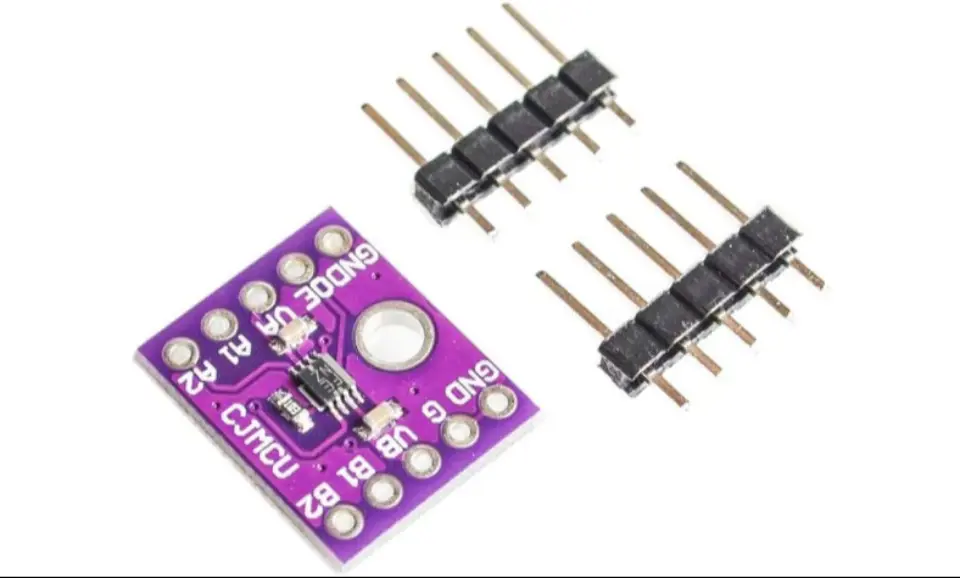
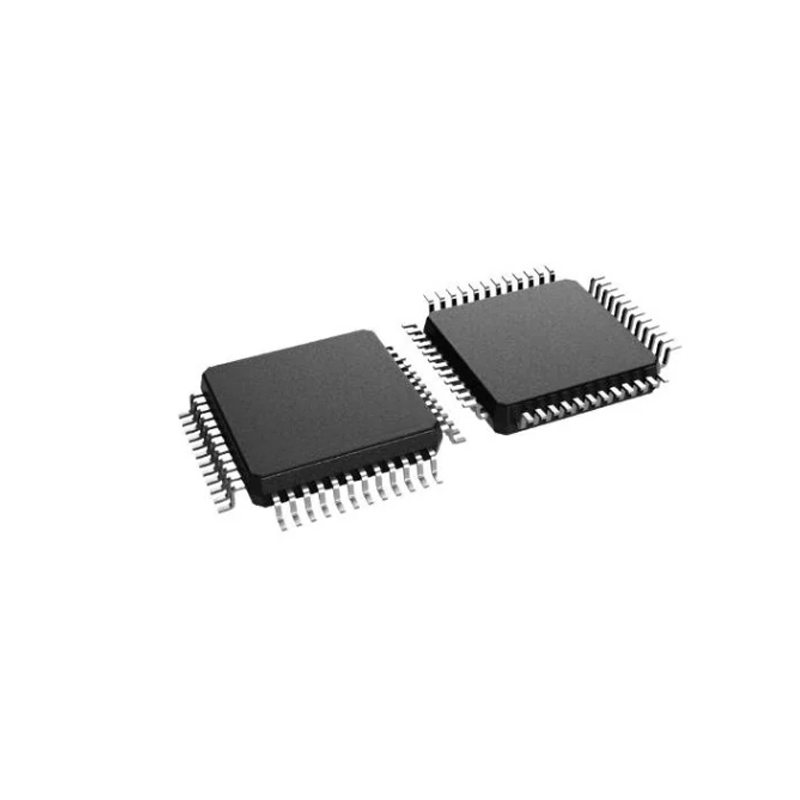


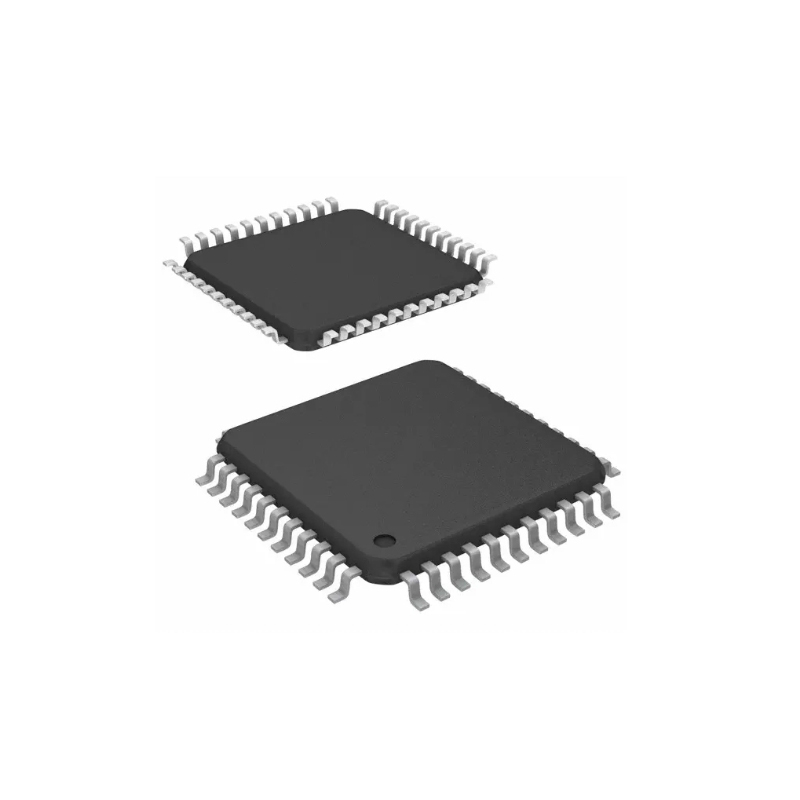

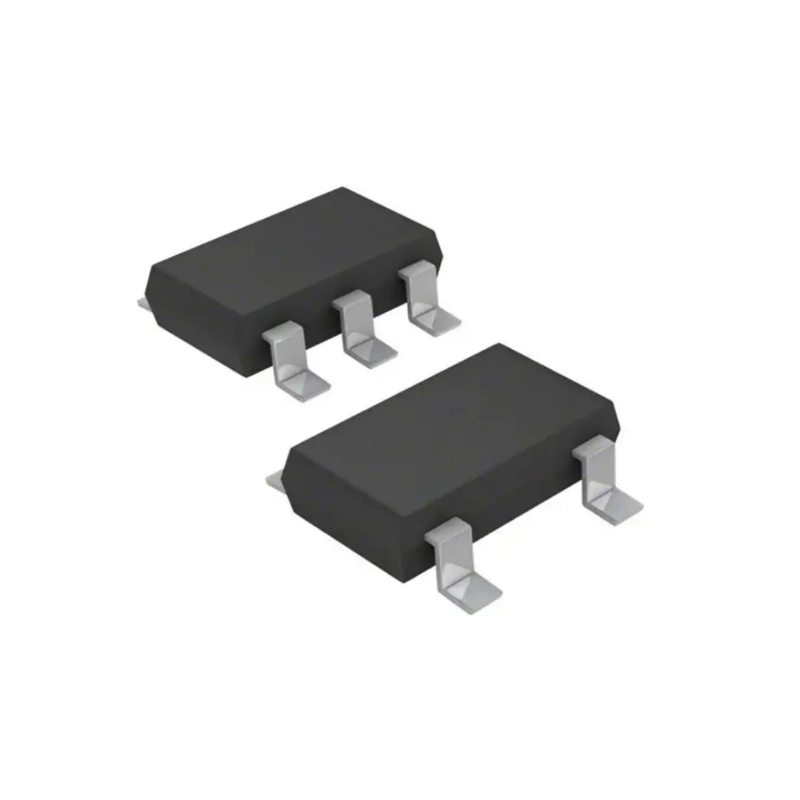
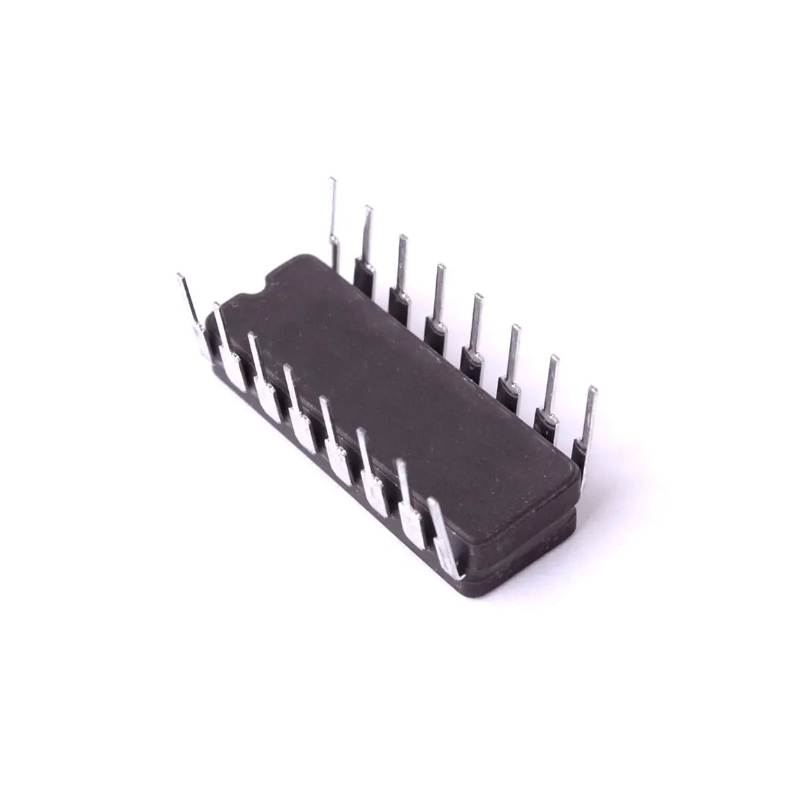
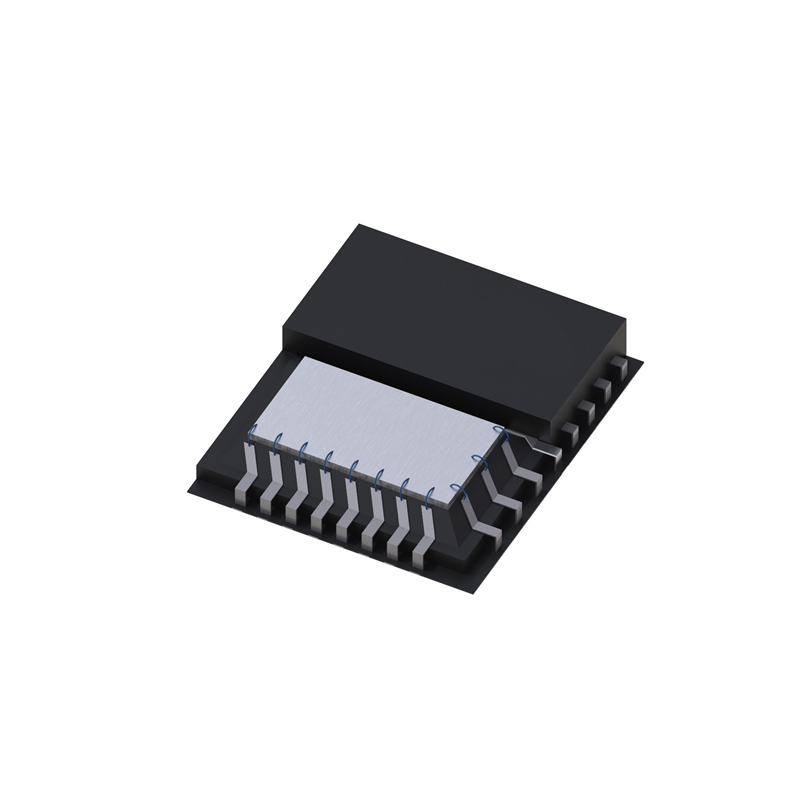
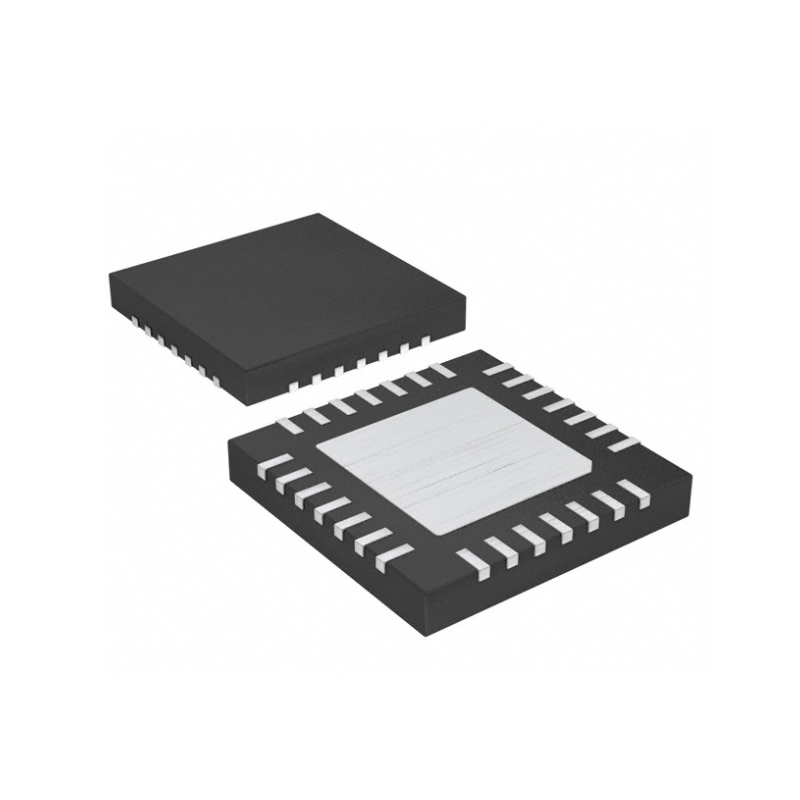
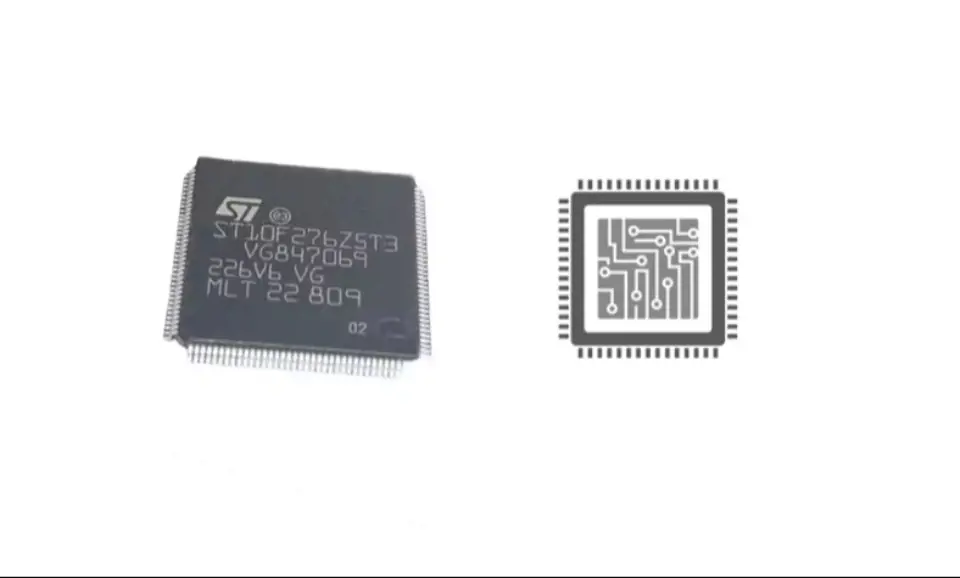
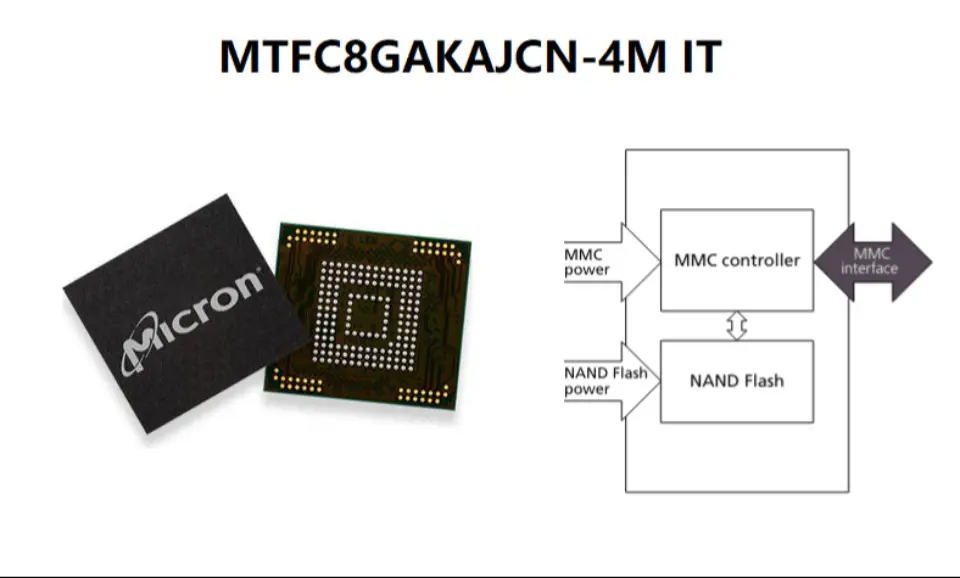
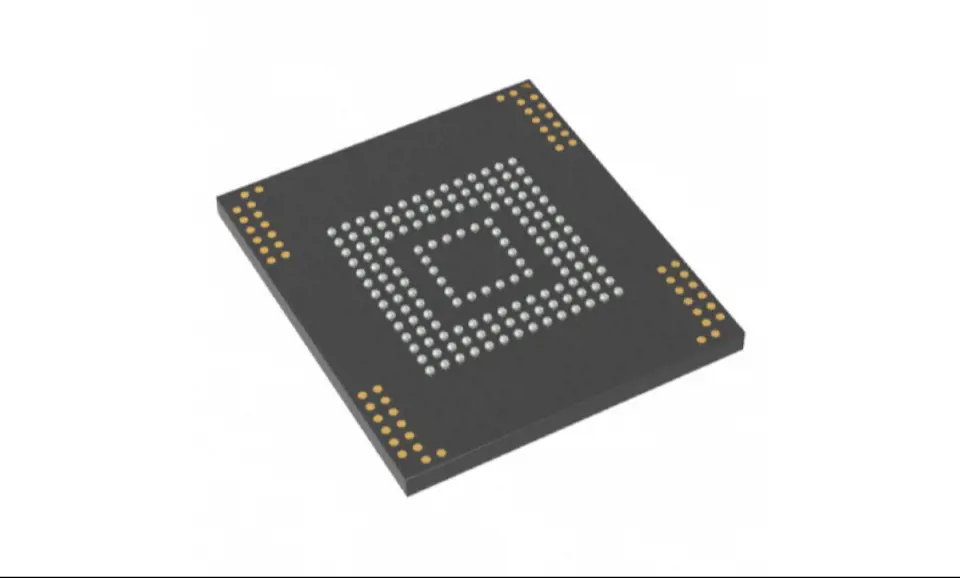
Still, need help? Contact Us: [email protected]